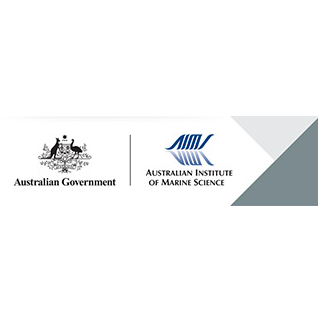Brief description
ReefState (version 3.0) utilises a Bayesian Network modelling framework to integrate lower-level submodels of future warming, coral damage, coral recovery, coral adaptation, and algal herbivory, into a continuous causal chain. The integrated model allows prediction of ecological endpoints that reflect important management concerns, namely coral cover and composition. The purpose of the ReefState model is to investigate the long-term implications on coral reef resilience of projected increases in the frequency and intensity of coral bleaching events. And more specifically, how successful management outcomes (viz. water quality, fishing pressure, and no take zones) might interact to benefit coral reefs during the period of climate warming that is expected in the coming decades. Details pertaining to the rationale, development and application of the individual submodels and integrating framework can be found within the refereed journal articles:Wooldridge S, Berkelmans R, Done TJ, Jones RN, Marshall P (2005). Precursors for resilience in coral communities in a warming climate: a belief network approach. Marine Ecology Progress Series 295:157-169.Wooldridge S, Done TJ (2004). Learning to predict large-scale coral bleaching from past events: A Bayesian approach using remotely sensed data, in-situ data, and environmental proxies. Coral Reefs 23: 96-108.Lineage
Maintenance and Update Frequency: notPlannedNotes
CreditWooldridge, Scott A, Dr (Principal Investigator)
Modified: 17 10 2024
Learning to predict large-scale coral bleaching from past events: A Bayesian approach using remotely sensed data, in-situ data, and environmental proxies: Wooldridge SA and Done TJ (2004) Learning to predict large-scale coral bleaching from past events: A Bayesian approach using remotely sensed data, in-situ data, and environmental proxies. Coral Reefs 23: 96-108.
local : articleId=6624
Precursors for resilience in coral communities in a warming climate: a belief network approach: Wooldridge SA, Done TJ, Berkelmans RWC, Jones R and Marshall PA (2005) Precursors for resilience in coral communities in a warming climate: a belief network approach. Marine Ecology Progress Series 295: 157-169.
local : articleId=7073
Global Climate Change and Coral Bleaching on the Great Barrier Reef. Final Report to the State of Queensland Greenhouse Taskforce through the Department of Natural Resources and Mines: Done TJ, Whetton P, Jones R, Berkelmans RWC, Lough JM, Skirving WJ and Wooldridge SA (2003) Global Climate Change and Coral Bleaching on the Great Barrier Reef. Final Report to the State of Queensland Greenhouse Taskforce through the Department of Natural Resources and Mines. Australian Institute of Marine Science. 51 p.
local : articleId=6458
Testing bleaching resistance hypotheses for the 2002 Great Barrier Reef Bleaching Event: Done TJ, Turak EI, Wakeford M, Kininmonth SJ, Wooldridge SA, Berkelmans RWC, van Oppen MJH and Mahoney MV (2003) Testing bleaching resistance hypotheses for the 2002 Great Barrier Reef Bleaching Event. Report to TNC. Australian Institute of Marine Science. 95 p.
local : articleId=6445
- global : 23647e00-c556-11dc-b99b-00008a07204e


